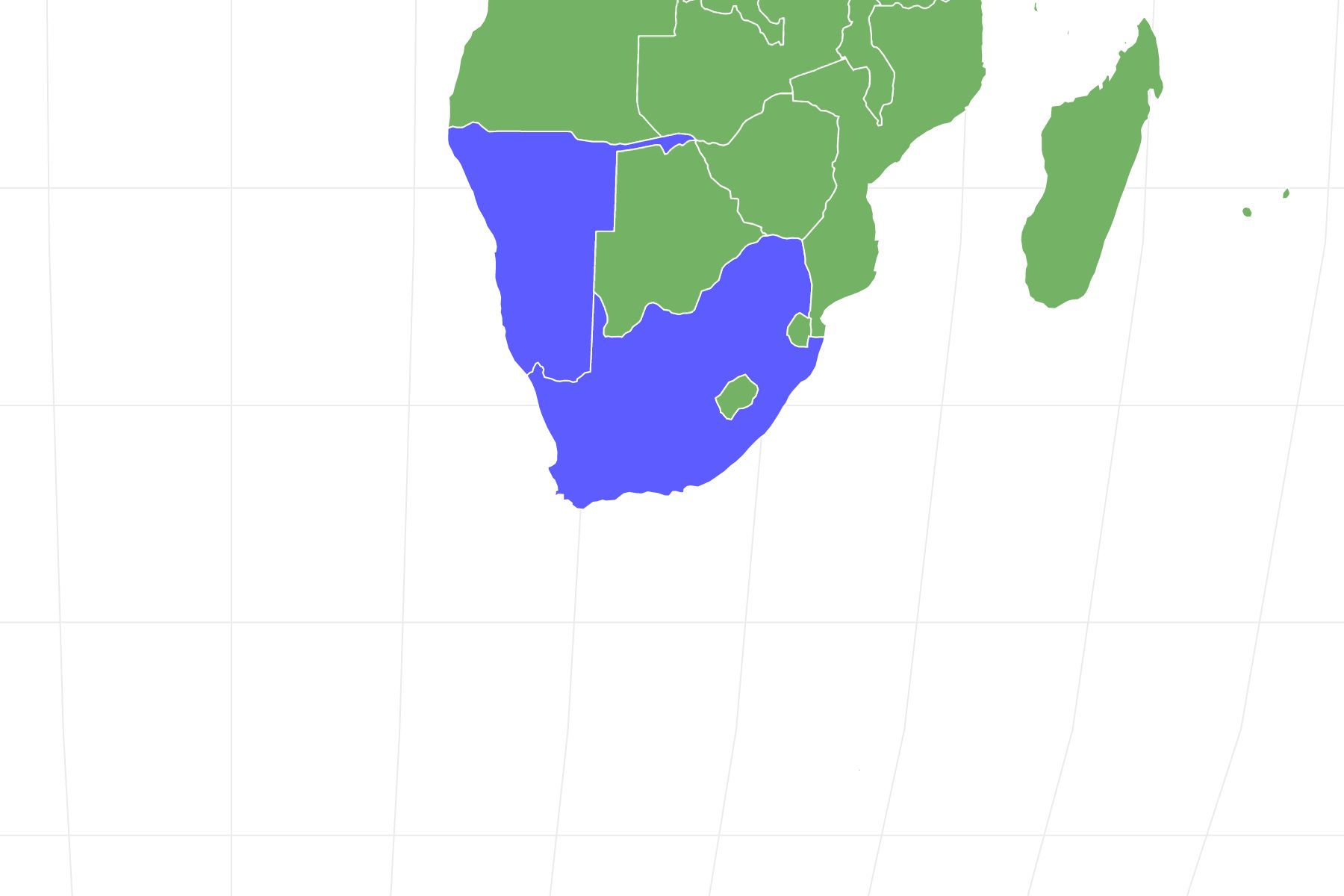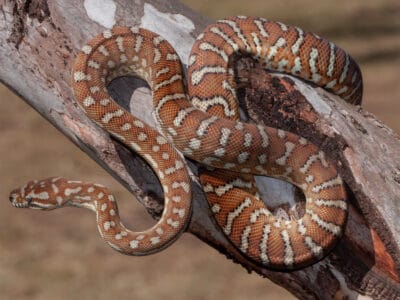African Penguin
.jumbotron {
background-image: url(“https://a-z-animals.com/media/African-Penguins-header-400×300.jpg”);
}
}
@media only screen and (min-width: 641px) and (max-width: 920px) {
.jumbotron {
background-image: url(“https://a-z-animals.com/media/African-Penguins-header-470×370.jpg”);
}
}
@media only screen and (min-width: 921px) {
.jumbotron {
background-image: url(“https://a-z-animals.com/media/African-Penguins-header.jpg”);
}
}
African Penguin
Spheniscus demersus
The only penguin species in Africa!
African Penguin Scientific Classification
- Kingdom
- Animalia
- Phylum
- Chordata
- Class
- Aves
- Order
- Sphenisciformes
- Family
- Spheniscidae
- Genus
- Spheniscus
- Scientific Name
- Spheniscus demersus
Read our Complete Guide to Classification of Animals.
African Penguin Conservation Status
African Penguin Facts
- Prey
- Fish, Squid, Crustaceans
- Name Of Young
- Chick
- Group Behavior
-
- Colony
- Fun Fact
- The only penguin species in Africa!
- Estimated Population Size
- 140,000
- Biggest Threat
- Habitat disruption
- Most Distinctive Feature
- Pink glands above their eyes
- Other Name(s)
- Jackass Penguin
- Incubation Period
- 40 days
- Age Of Fledgling
- 3 – 5 months
- Habitat
- Rocky Ocean Islands
- Predators
- Sharks, Fur Seals, Gulls
- Diet
- Carnivore
- Lifestyle
-
- Diurnal
- Common Name
- African Penguin
- Number Of Species
- 1
- Location
- south-west African coast
- Average Clutch Size
- 2
- Slogan
- The only penguin species in Africa!
- Group
- Bird
This post may contain affiliate links to our partners like Chewy, Amazon, and others. Purchasing through these helps us further the A-Z Animals mission to educate about the world’s species..

Spiders that fly! Fish that walk! And 1000+ more incredible animals. Discover them all for FREE
.photo-gallery {
–margin: 0px auto 0px;
–padding: 0px 0px 0px 0px;
}
.gallery-link {
background-image: url(“https://a-z-animals.com/media/animals/images/original/african_penguin3.jpg”);
background-repeat: no-repeat;
background-size: cover;
background-position: center;
height: 500px;
justify-content: center;
text-align: center;
align-items: center;
display: flex;
border: 2px solid #000;
}
.gallery-link img {
height: 50%;
}
@media only screen and (max-width: 768px) {
.gallery-link {
height: 300px !important;
}
}
View all of the African Penguin images!
African Penguin Classification and Evolution
The African Penguin is a small to medium sized Penguin species that is found along the coast of South Africa and on a number of its surrounding islands. The African Penguin is thought to be most closely related to the Humboldt and Magellanic Penguins found in southern South America, and the Galapagos Penguin found in the Pacific Ocean near the Equator. The African Penguin was named for the fact that it is the only species of Penguin that is found breeding on the African Coast, and it is believed to be one of the first Penguin species to be discovered by humans.
African Penguin Anatomy and Appearance
The African Penguin is a fairly distinctive species of penguin with clean black and white markings and a sharply pointed black beak. The African Penguin also has black feet and a number of dot-like markings flecked across its white chest which are said to be as unique to the individual Penguin as a Human finger print is, along with a narrow black band. The male African Penguin is generally slightly larger than their female counterparts but both are fairly similar in appearance. One of the African Penguin’s most distinctive features is that they have pink glands above their eyes which help them to cope with the temperate climates. The hotter the African Penguin gets, the more blood is sent to these glands so it may be cooled by the surrounding air, which in turn, makes these glands more pink.
African Penguin Distribution and Habitat
The African Penguin is found on the south-western coast of Africa, living in 27 colonies on 24 islands between Namibia and Algoa Bay, near Port Elizabeth, South Africa, with the largest colony found on Dyer Island, near Kleinbaai. African Penguins are most densely distributed around the cold, nutrient rich waters of the Benguela Current where there is a plentiful supply of food. Although they spend much of their time at sea, African Penguins gather in nesting sites on rocky islands where they spend their days in sheltered burrows to avoid the hot sun. They are one of the only Penguin species to be found in non-freezing conditions and cope with this by burrowing, emerging at dusk and dawn, and using the pink glands above their eyes to cool the blood down.
button.pulse {
transform: scale(1); animation: pulse 2s infinite;
box-shadow: 0 0 0 0 rgba(11, 247, 25, 1);
}
@keyframes pulse {
0% { transform: scale(0.90); box-shadow: 0 0 0 0 rgba(11, 247, 25, 0.5); }
60% { transform: scale(1); box-shadow: 0 0 0 15px rgba(11, 247, 25, 0); }
100% { transform: scale(0.90); box-shadow: 0 0 0 0 rgba(11, 247, 25, 0); }
}
African Penguin Behaviour and Lifestyle
Like many other Penguin species, African Penguins are incredibly sociable birds, with adults forming pair bonds that last for life (as long as 10 years). African Penguins can often be seen grooming one another, which is not only practical for cleaning purposes, but also for removing parasites and even just rearranging feathers, constantly strengthening the social bond between the pair. Their courtship displays are often very noisy as the male and female Penguin call to each other using a series of donkey-like sounds. African Penguins are also known to submit to a spot of bathing only a few meters from the shore, which they are thought to do quite regularly to both clean and to cool themselves down in the heat.
African Penguin Reproduction and Life Cycles
African Penguins begin to breed at the average age of four, when a male and female will pair up, and tend to breed together for the rest of their lives. The female African Penguin either digs herself a burrow or finds a dip beneath a rock or bush, in which she lays two eggs. The eggs are incubated by both parents for up to 40 days, when only one of the eggs will usually hatch. The African Penguin chicks are fed and kept warm by their parents constantly until they are a month old when they begin to be left on their own, forming crèches with other chicks for protection from predators. They tend to remain with their parents until they are between 3 and 5 months old, when they will leave the colony (this is dependant though on the supply and quality of food in the area). The chicks return to the colony after a couple of years to moult into their adult plumage. African Penguins generally live for between 10 and 15 years.
African Penguin Diet and Prey
The African Penguin is a carnivorous animal that, like all other Penguin species, survives on a diet that is only comprised of marine organisms. Shoaling fish including Anchovies, Sardines, Horse Mackerel and Round Herrings make up the bulk of the African Penguin’s diet, along with the occasional Squid or Crustacean when normal food is in short supply. The streamlined body of the African Penguin allows it to move through the water like a rocket, capable of reaching a top speed of around 20 kph when hunting for food. African Penguins catch their prey by diving into the ocean depths for around 2 minutes at a time. Although they normally go to depths of around 30 meters, it is not uncommon for them to be found hunting more than 100 meters beneath the water’s surface.
African Penguin Predators and Threats
The African Penguin’s smaller size means that it has many predators both in the water and also on dry land. Their marine predators are primarily Sharks and Cape Fur Seals, but the biggest threat to them on land is not just to the adult Penguins, but more the vulnerable eggs and chicks. Kelp Gulls and Scared Ibises prey on them from the air and Mongooses, Snakes, and Leopards have been observed hunting them on ground. The African Penguin has also been severely affected by Human activity in their native regions, with populations thought to have taken a drastic decline, mainly due to the exploitation of their eggs for food when they were first discovered. They are also severely affected by the disruption of their natural habitats.
African Penguin Interesting Facts and Features
Penguins have more feathers than any other bird, which act as a waterproof layer keeping their skin dry. African Penguins moult once a year which they do back in their colonies. The whole process lasts for about 20 days, in which time, the African Penguins cannot swim or eat, and can lose almost half of their body weight. African Penguins are known to spend long periods of time fishing out at sea, and depending on the area, can travel between 30 and 110 km in one trip. However, those African Penguins who have chicks to feed, will rarely go that far, catching food closer to the shore, and as quickly as possible. The African Penguin is also known as the Jackass penguin, due to the donkey-like call that they make during their courtship rituals.
African Penguin Relationship with Humans
It is widely believed that African Penguins were one of the first Penguin species to come into contact with Humans, due to the fact that they are found on the temperate South African coast rather than in the heart of Antarctica. This however, does not seem to have worked to the bird’s advantage as their eggs were stolen for food (slowing the rate of reproduction), and the guano used in nest building was harvested for fertiliser. Today, other threats face the African Penguin including competition for food from commercial fishing and oil pollution in the water. Only a small handful of nesting sites can be accessed by tourists, but the Penguin’s nervous nature of people means that these areas have to be strictly monitored.
African Penguin Conservation Status and Life Today
Today, the African Penguin is considered to be a vulnerable animal and has been listed as being Endangered by the IUCN. It is thought that today’s African Penguin population of approximately 22,000 breeding pairs, is less than 10% of the population that existed in 1900. By the 1950s, the African Penguin population had halved, and it had then halved again by 1980. There is an approximate 2% decline in the African Penguin population every year, mainly due to the Human consumption of their eggs, competition for food and habitat disruption.
View all 127 animals that start with A
African Penguin FAQs (Frequently Asked Questions)
Are African Penguins herbivores, carnivores, or omnivores?
African Penguins are Carnivores, meaning they eat other animals.
What Kingdom do African Penguins belong to?
African Penguins belong to the Kingdom Animalia.
What phylum to African Penguins belong to?
African Penguins belong to the phylum Chordata.
What family do African Penguins belong to?
African Penguins belong to the family Spheniscidae.
What order do African Penguins belong to?
African Penguins belong to the order Sphenisciformes.
What type of covering do African Penguins have?
African Penguins are covered in Feathers.
What genus do African Penguins belong to?
African Penguins belong to the genus Spheniscus.
Where do African Penguins live?
African Penguins live on the southwestern African coast.
In what type of habitat do African Penguins live?
African Penguins live on rocky ocean islands.
What are some predators of African Penguins?
Predators of African Penguins include sharks, fur seals, and gulls.
How many eggs do African Penguins lay?
African Penguins typically lay 2 eggs.
What is an interesting fact about African Penguins?
The African Penguins is the only penguin species in Africa!
What is the scientific name for the African Penguin?
The scientific name for the African Penguin is Spheniscus demersus.
What is the lifespan of an African Penguin?
African Penguins can live for 10 to 15 years.
How many species of African Penguin are there?
There is 1 species of African Penguin.
What is the biggest threat to the African Penguin?
The biggest threat to the African Penguin is habitat disruption.
What is another name for the African Penguin?
The African Penguin is also called the jackass penguin.
How many African Penguins are left in the world?
There are 140,000 African Penguins left in the world.
How fast is an African Penguin?
An African Penguin can travel at speeds of up to 12.4 miles per hour.
How do African Penguins have babies?
African Penguins lay eggs.
How to say African Penguin in …
Tučňák brýlový
Brillepingvin
Brillenpinguin
African Penguin
Spheniscus demersus
Afrikanpingviini
Manchot du Cap
פינגווין שחור רגל
Pápaszemes pingvin
Spheniscus demersus
ケープペンギン
Afrikaanse pinguïn
Kappingvin
Pingwin przylądkowy
Pinguim-africano
黑脚企鹅
Sources
- David Burnie, Dorling Kindersley (2011) Animal, The Definitive Visual Guide To The World’s Wildlife
- Tom Jackson, Lorenz Books (2007) The World Encyclopedia Of Animals
- David Burnie, Kingfisher (2011) The Kingfisher Animal Encyclopedia
- Richard Mackay, University of California Press (2009) The Atlas Of Endangered Species
- David Burnie, Dorling Kindersley (2008) Illustrated Encyclopedia Of Animals
- Dorling Kindersley (2006) Dorling Kindersley Encyclopedia Of Animals
- Christopher Perrins, Oxford University Press (2009) The Encyclopedia Of Birds
- African Penguin Information, Available here: http://www.penguins.cl/african-penguins.htm
- African Penguin Breeding, Available here: http://www.neaq.org/animals_and_exhibits/animals/african_penguin/index.php
- African Penguin Appearance, Available here: http://www.enchantedlearning.com/subjects/birds/printouts/Jackasspenguin.shtml
- African Penguin Behaviour, Available here: http://www.antarcticconnection.com/antarctic/wildlife/penguins/african.shtml
- About African Penguins, Available here: http://www.penguinworld.com/types/african.html
















